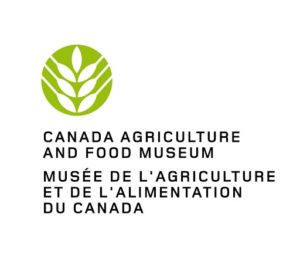As part of a future exhibition, the Agriculture and Food Museum in Ottawa, Canada, commissioned Tactile Studio to produce a series of 3-D tactile objects and tactile bas-reliefs to represent marine life.
This commission mobilised and occupied for several weeks the teams from WAM (We Are Makers) – Tactile Studio’s sister company, which is dedicated to manufacturing.
A challenge: reproducing a life-size sturgeon
The finished product is magnificent. From its smooth sides to its spindle-like scutes, each detail is faithfully respected.
Yet the production of this fish of over 2 metres’ length was quite a challenge. On account of its size, it was impossible to produce in one piece by machine. So the WAM workshop had to design, manufacture, assemble and reinforce some 40 pieces printed in 3-D or machine- milled. Then the 80 kg of polyurethane foam and resin, carefully painted and varnished, were affixed on metal rods for display.
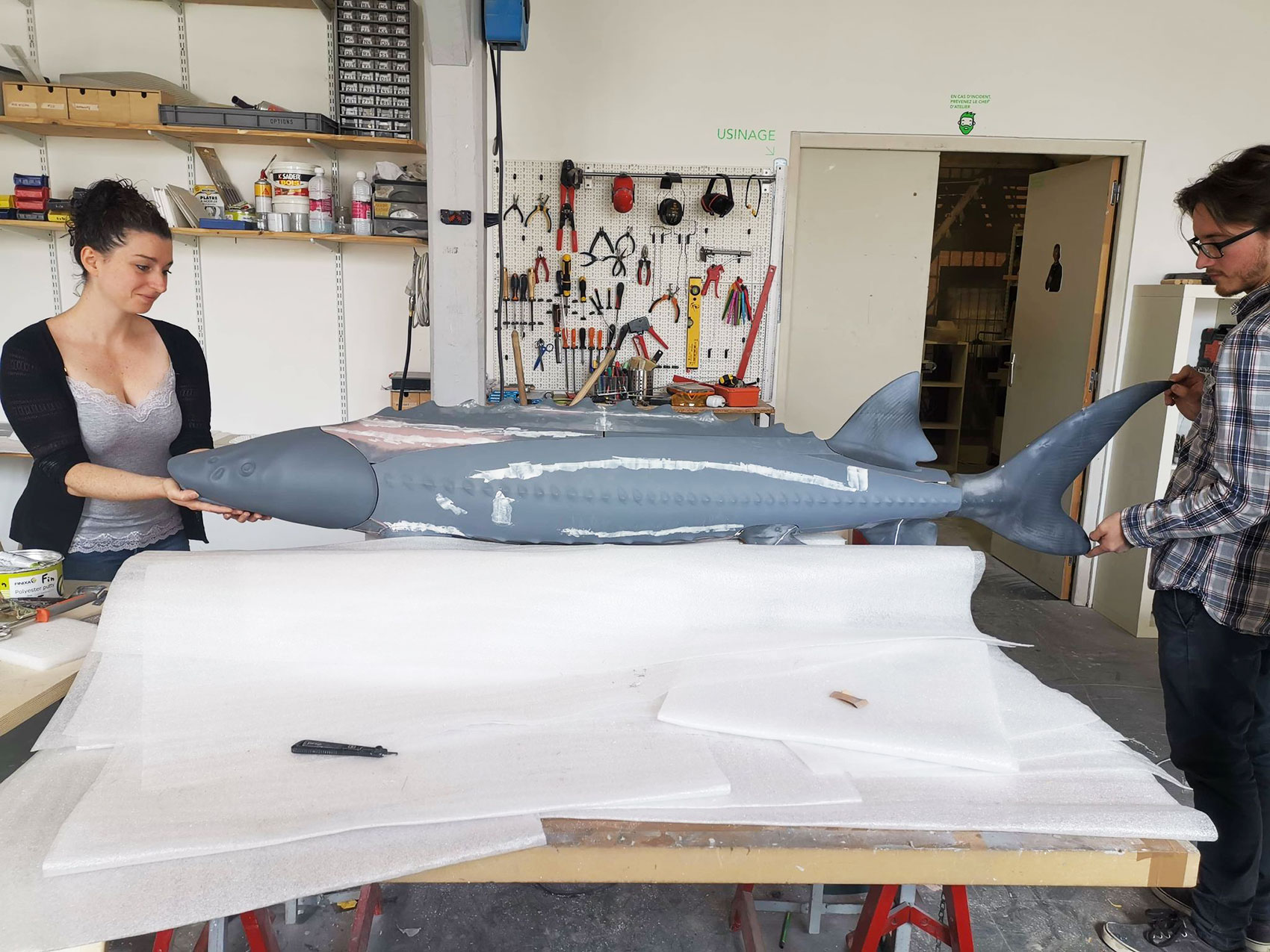
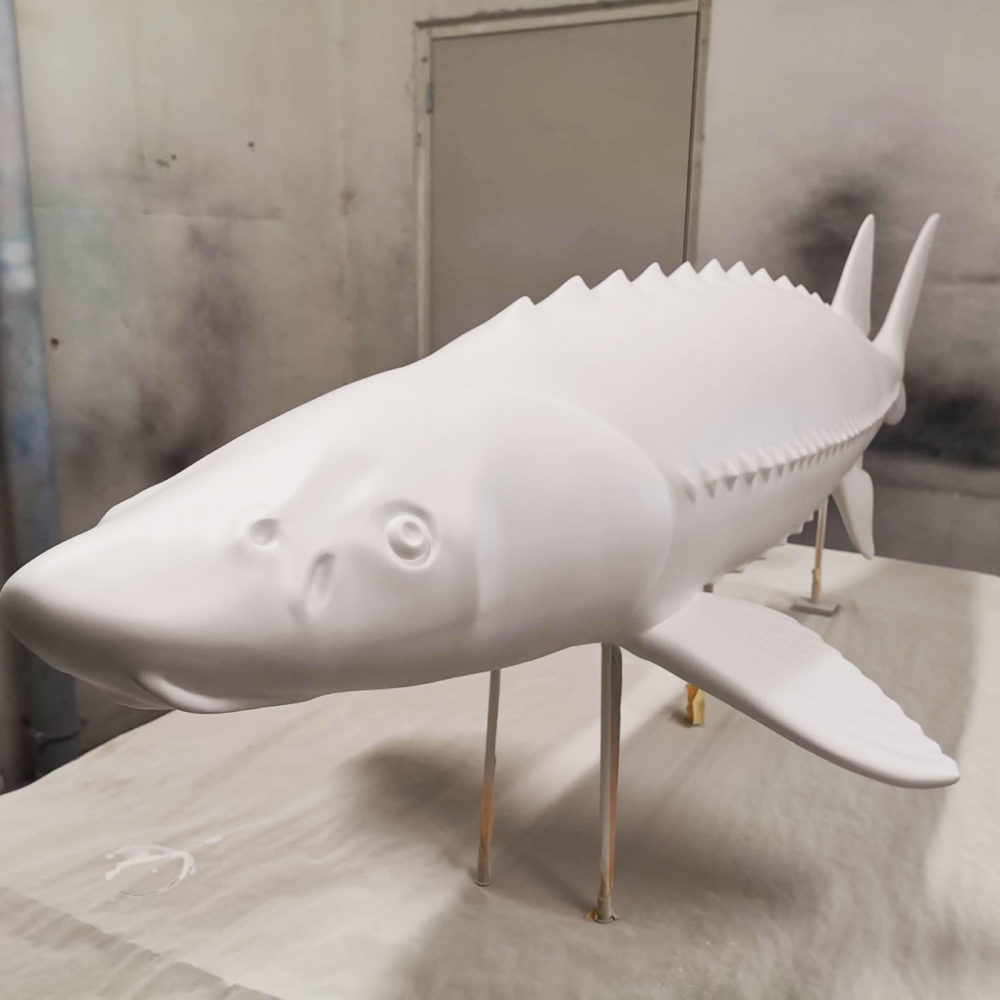
The numbers add up. Close to 50 hours were needed to design and prepare for production. The 3-D digital files had to generate each piece of this puzzle and devise how they would be put together. The workshop machines milled the pieces for nearly 400 hours. And the WAM team, with Laurent, Zélie, Arthur, Christelle, Maxime and Nesrine, was gathered for a further 200 additional hours to assemble, finish and pack the big fish.
Molluscs and crustaceans soon at hand
The museum also wanted all of its visitors to be able to discover Canada’s marine biodiversity.
Twelve species have therefore been placed centre-stage in this future exhibition: oysters, scallops, and even the strange geoduck clam, with its slightly suggestive shape, are now accessible at your fingertips. A tactile panel, equipped with Braille, also provides associated content about marine animals.
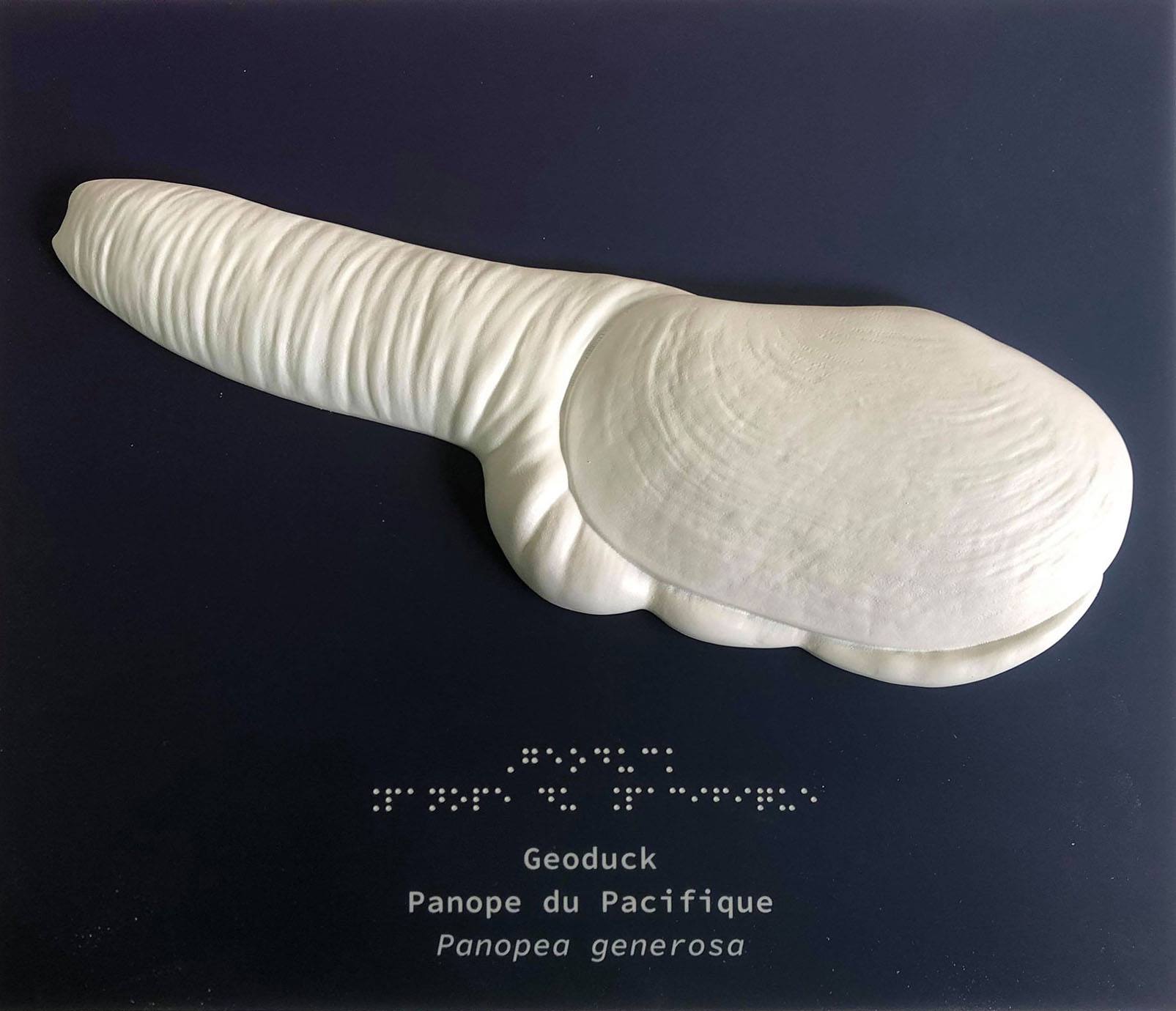
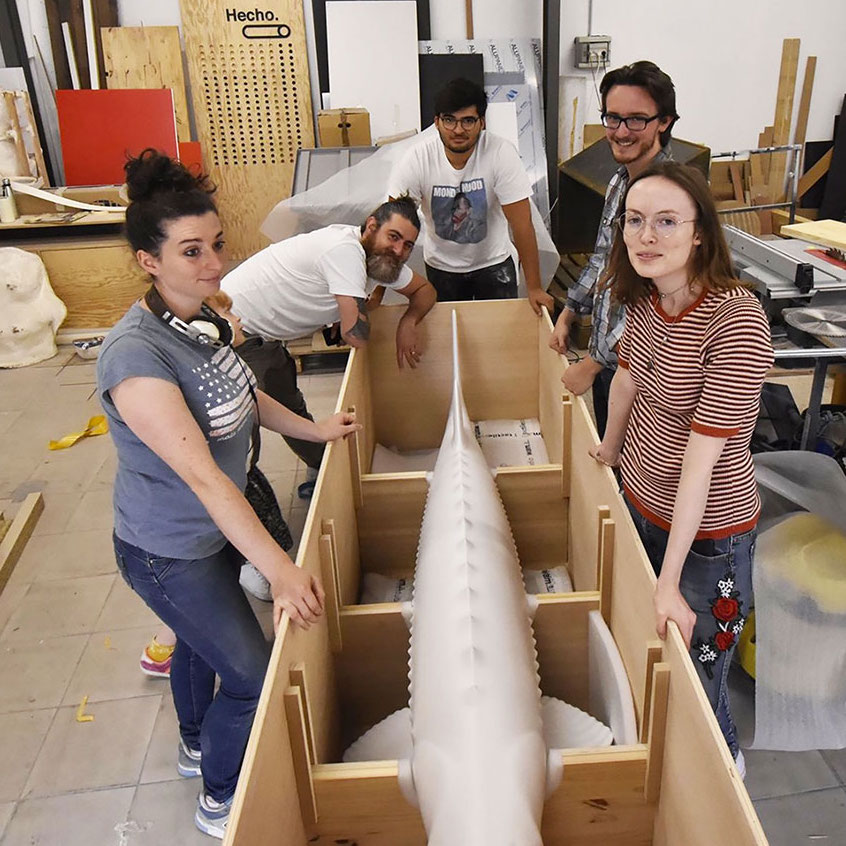
The transportation of the tactile objects produced for this inclusive trail required special care to ensure that they would not be subjected to any shocks. So the WAM (We Are Makers) workshop designed and custom-made crates for transportation. The sturgeon travelled in a wooden case, wedged in with foam and cross-beams of wood.
This wonderful project, especially warmly received by the museum’s teams, has reached Ottawa and will soon be accessible to all visitors.
Client: Canada Agriculture and Food Museum
Partner: Atelier WAM
